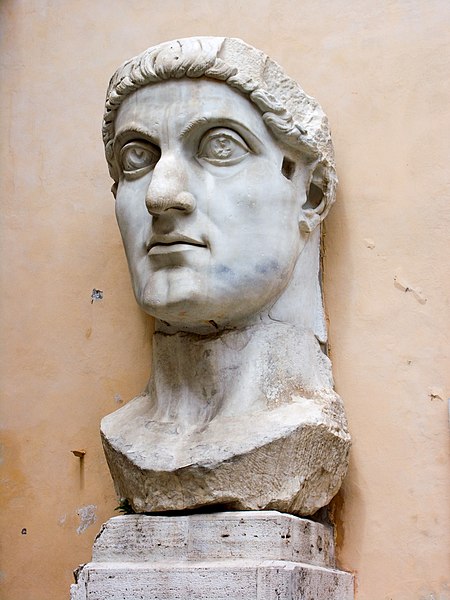 In the July 2010 issue of Modern Theology, Stanley Hauerwas and Romand Coles reflect on Charles Taylor‘s A Secular Age. They admire much in the book, particularly Taylor’s unapologetically Christian stance, his disavowal of Christendom, and his embrace of Illich’s notion of “the corruption of Christianity.”
In the July 2010 issue of Modern Theology, Stanley Hauerwas and Romand Coles reflect on Charles Taylor‘s A Secular Age. They admire much in the book, particularly Taylor’s unapologetically Christian stance, his disavowal of Christendom, and his embrace of Illich’s notion of “the corruption of Christianity.”
Where they part ways with the philosopher, however, is on his use of the immanence–transcendence binary, which in their estimation lacks “Christological discipline.” They draw out the shortcomings of Taylor’s account of the “immanent frame” through a comparison with Talal Asad‘s analysis of the homogenization of time and space in secular modernity. Asad emphasizes “ways of life,” or, as Hauerwas and Coles put it, “liturgies of everyday life” impeded by modern politico-economic pressures. What counts, in the authors’ words, is “our engagement in a set of counter-practices through which our bodies acquire the vitality of better possibilities” to resist the totalizing closure of homogenized space–time. These practices or liturgies cut across the immanent–transcendent binary; in fact, transcendence is oftentimes involved in “propelling the world toward certain hell” in collaboration with immanence. Taylor’s critical framework of the immanent frame runs the risk of being blind to the manner in which transcendence makes common cause with Constantinianism.
Abstract: While we are deeply appreciative of Taylor’s A Secular Age, we nonetheless worry that his use of the immanent/transcendent duality may introduce a certain kind of Christian Constantinianism that he wants to disavow. In particular, we worry that the immanent/transcendent duality is far too formal in its character. In order to develop this concern, we draw on Talal Asad’s account of the secular to suggest how liturgy may provide an alternative way of understanding as well as challenging Taylor’s worries about “the immanent frame.”
Read the full article here (sub. req.).












